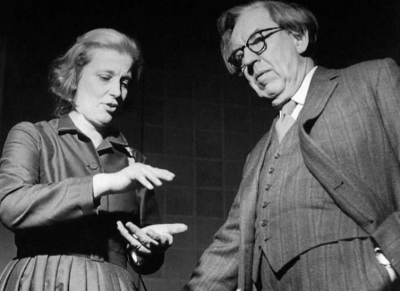
Educated at a coeducational, state-funded secondary school in the small town of Beccles, Suffolk, Dorothy fought to be allowed to study science along with the boys. She succeeded and was accepted in 1928 to read for a degree in chemistry at Somerville College, University of Oxford. As an undergraduate, she was one of the first to study the structure of an organic compound by using X-ray crystallography.
Crowfoot moved to the University of Cambridge in 1932 to carry out doctoral research with British physicist John Desmond Bernal, who was to be a lifelong influence. In his laboratory, she extended work that he had begun on biological molecules, including sterols (the subject of her thesis), and helped him to make the first X-ray diffraction studies of pepsin, a crystalline protein. She was also highly receptive to his strongly pro-Soviet views and belief in the social function of science.
In April 1953, together with Sydney Brenner, Jack Dunitz, Leslie Orgel, and Beryl M. Oughton, Hodgkin was one of the first people to travel from Oxford to Cambridge to see the model of the double helix structure of DNA, constructed by Francis Crick and James Watson, which was based on data and technique acquired by Maurice Wilkins and Rosalind Franklin. According to the late Dr Beryl Oughton (married name, Rimmer), they drove to Cambridge in two cars after Hodgkin announced that they were off to see the model of the structure of DNA.
Hodgkin became a Reader at Oxford in 1957 and she was given a fully modern laboratory the following year. In 1960, Hodgkin was appointed the Royal Society’s Wolfson Research Professor, a position she held until 1970. This provided her salary, research expenses and research assistance to continue her work at the University of Oxford. She was a Fellow of Wolfson College, Oxford from 1977 to 1983.
Picture Credit : Google




